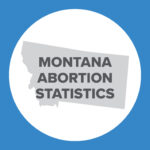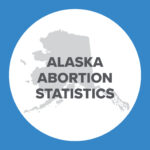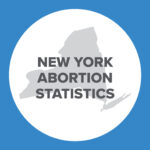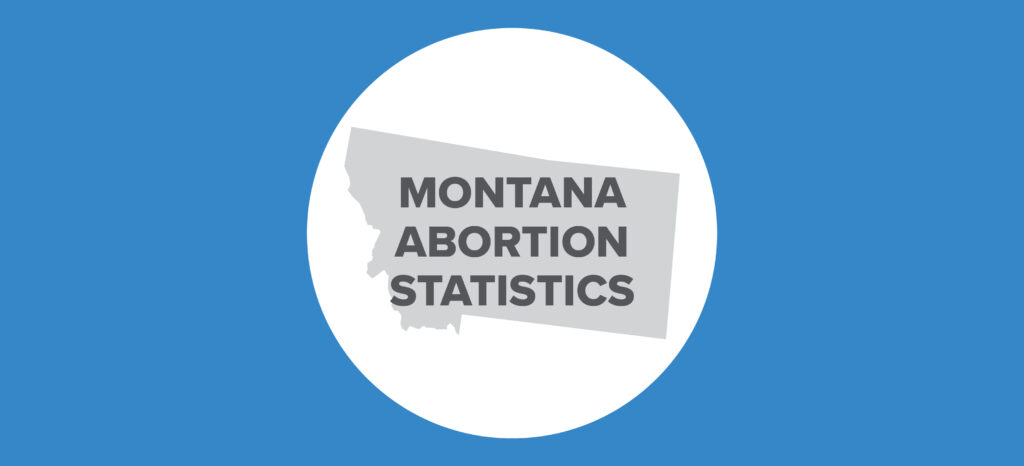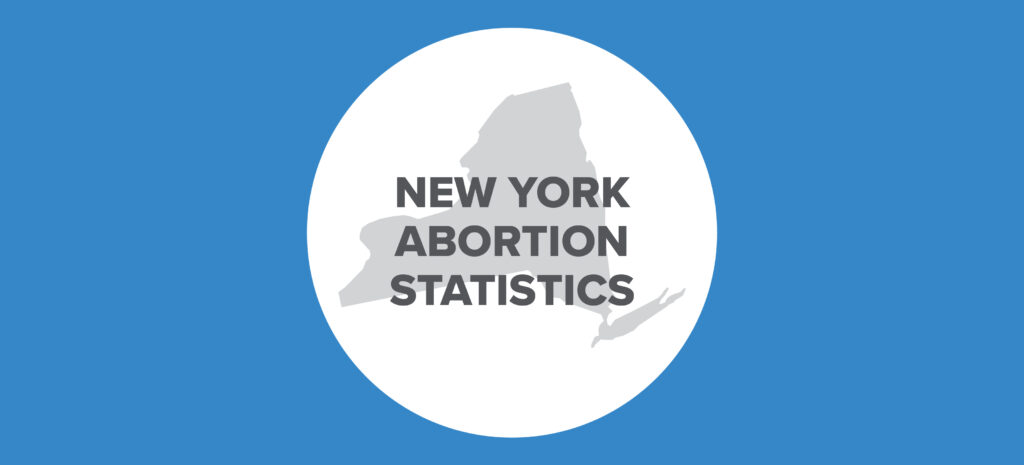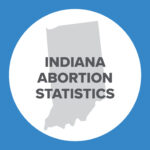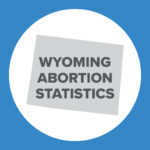Abortion Reporting: New Jersey (2018)

New Jersey’s 2018 abortion statistics were provided by the New Jersey Department of Health to the Charlotte Lozier Institute (CLI) upon request in September 2020.
Changes in New Jersey Abortions, 2017-2018*

*Trends shown here are based on incomplete abortion data. Information on Planned Parenthood’s New Jersey market share is not publicly available.
Abortion Totals and Trends
There were 22,936 abortions reported in New Jersey in 2018, up seven percent from the previous year (Fig. 1). However, because not all New Jersey abortion centers are required to report abortions, this figure significantly undercounts the number of abortions that actually occurred in the state. Chemical abortions also increased, nearly doubling from 3,802 in 2017 to 7,437 in 2018, although it is likely that a sizable number of chemical abortions were not reported. CLI calculates that New Jersey’s reported abortion rate in 2018 was 13.7 abortions per 1,000 women ages 15 to 44, higher than the national rate but still below Guttmacher’s estimated New Jersey rate of 28.0 in 2017 (Fig. 2).
State Report Summary
New Jersey does not have a comprehensive reporting requirement for all facilities that perform abortions. Instead, only hospitals and licensed ambulatory care facilities (LACFs) are required to report the abortions they perform. Under current regulations, surgical abortions after 14 weeks of gestation are required to be performed in ambulatory care facilities and hospitals, and second-trimester procedures other than dilation and evacuation must take place in hospitals. Consequently, later surgical abortions are likely overrepresented in New Jersey’s abortion data, because facilities other than hospitals and LACFs that are allowed to perform only early abortions are not required to report.
Ninety-four percent of the abortions reported in New Jersey were performed on state residents. Of the women who traveled from out-of-state to New Jersey for abortions, the largest group came from Pennsylvania (845 abortions), followed by New York (232 abortions), and Delaware (112 abortions).
Nine percent of the abortions were performed on girls under the age of 20, including three percent on girls under the age of 18. Well over half the abortions were obtained by women in their twenties, with 27 percent performed on women ages 20 to 24 and 30 percent on women ages 25 to 29. Thirty percent of the abortions were on women in their thirties, and four percent were performed on women age 40 or older.
White women were the largest racial group undergoing abortions in New Jersey, making up 41 percent of reported abortions. Thirty-eight percent of the abortions were performed on black women and 19 percent on women of other races, while three percent were performed on women of unknown race. Twenty-one percent of the abortions were performed on Hispanic women, 74 percent on non-Hispanic women, and six percent on women whose ethnicity was not reported.
As in other states, a large majority of the abortions reported in New Jersey (87 percent) were performed on unmarried women. Twelve percent were performed on married women and one percent on women of unreported marital status. Most of the abortions were performed on women who were already mothers. Thirty percent of the abortions were on women with one previous live birth and another 30 percent on women with two or more prior births, compared to 39 percent on women who had never had a live birth and one percent on women whose previous births were not reported. In contrast, over two-thirds of the abortions were on women who had no prior abortions. Seventeen percent were performed on women with one previous abortion, and 15 percent were obtained by women with two or more abortions.
As expected, surgical abortions composed a large percentage (68 percent) of New Jersey’s reported abortions. Thirty-two percent were chemical abortions, a category in the state report that includes both early chemical abortions and later labor induction abortions. The vast majority of the chemical abortions occurred early in pregnancy: 94 percent were reported at 10 weeks of gestation or earlier, compared to four percent at 11 weeks or later and two percent at unknown gestational ages. Additionally, there was one hysterotomy or hysterectomy abortion and one intrauterine instillation abortion.
Overall, 40 percent of the abortions reported in New Jersey occurred at six weeks of gestation or earlier. Twenty-six percent were performed between seven and eight weeks, and 11 percent occurred from nine to 10 weeks. Six percent were performed between 11 and 12 weeks of gestation, dropping to five percent between 13 and 14 weeks and another five percent from 15 to 17 weeks. Two percent were performed between 18 and 19 weeks, and three percent, 712 abortions, were performed at 20 weeks of gestation or later. Two percent occurred at unreported gestational ages.
Proposed Changes to New Jersey’s Abortion Rules
In September 2020, the New Jersey Board of Medical Examiners unanimously voted to amend New Jersey’s abortion regulations. The proposed changes would eliminate the longstanding Induced Termination of Pregnancy Rule, which currently requires surgical abortions after 14 weeks of gestation to be performed in hospitals and LACFs. Additionally, the proposed changes would permit non-physicians, such as nurses, to perform surgical abortions.
These changes would likely impact the quality of New Jersey’s abortion reporting. The New Jersey Department of Health informed CLI that only hospitals and LACFs are required to report abortions. Currently, surgical abortions after 14 weeks must be performed in hospitals or LACFs, but if these abortions are allowed to be performed outside these facilities due to the new regulations, even fewer abortions will be reported to the Department of Health.
In the next few months, the board’s proposed changes will be released in the New Jersey Register, the official journal in which the New Jersey government publishes potential changes to regulations, and a comment period will open to allow the public a chance to weigh in.
State Ranking
In 2016, CLI evaluated abortion reporting in the 50 states, the District of Columbia, and New York City, and New Jersey’s reporting tied for last place. New Jersey could improve its reporting simply by requiring that all facilities report abortions, including doctor’s offices and non-physician providers. New Jersey could also provide additional information on where abortions take place and whether any complications occur.
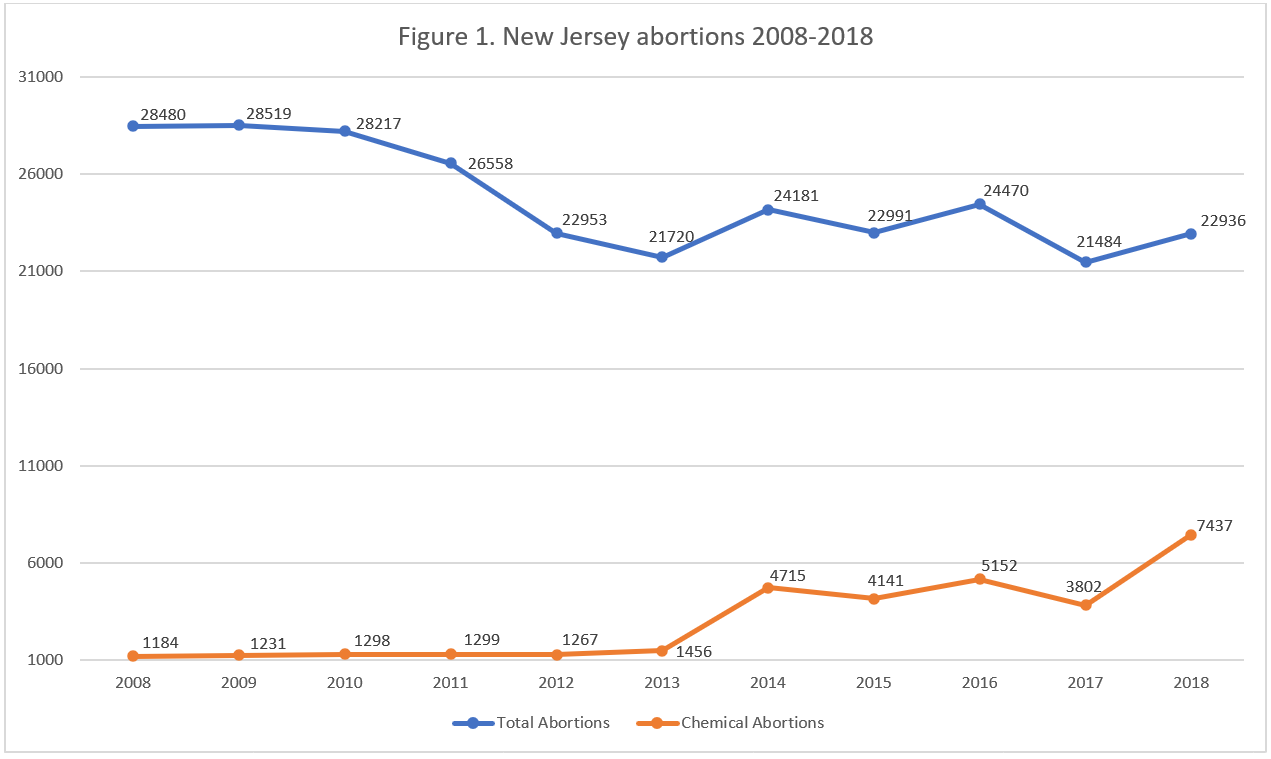

- Starting with the 2018 abortion reports, abortion rates are calculated by the Charlotte Lozier Institute to allow for easier state-to-state and year-to-year comparisons. Rates were calculated by CLI using population estimates from the United States Census Bureau. The rates were calculated using the following formula: (abortions reported in New Jersey ÷ number of resident women ages 15-44) x 1,000. Rates may differ slightly from previous CLI articles due to revised population estimates.










